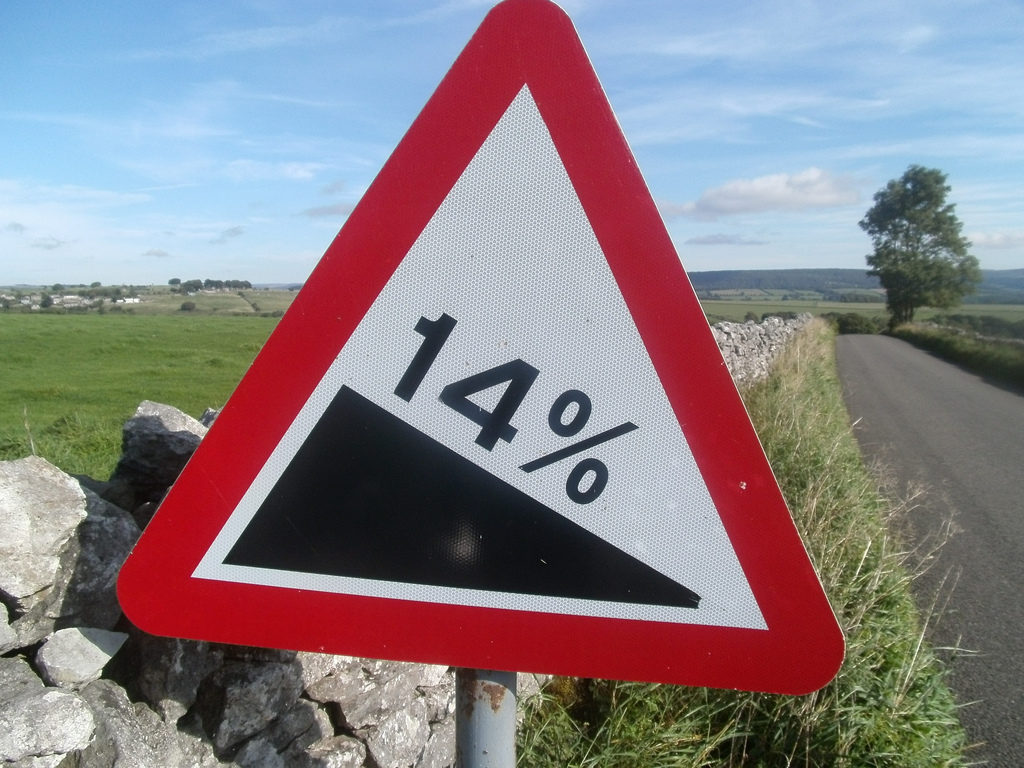I have recently completed leading our first ever ‘Cycle Surfari’, where we took our trusting customers and now new friends on a bespoke pedal-powered adventure starting in the thick of the pine trees in South West France, to the mountains of Northern Spain, along some of the finest coastal roads in Europe.
The trip was the first of it’s kind along a route that was completely made up and snipped from a part of a previous shoot-from-the-hip cycle tour I embarked on which you can read about here.
Now I’ve never fancied myself an avid cyclist, but I’m definitely not an all the gear no idea type. I simple enjoy the pleasurable pace of travel that cycling allows. So I bought the best / coolest bike I could afford for my original trip (a second hand Bianchi for £360, RRP £2K), paid a proper cycle mechanic to attach some rear panniers, which was apparently the equivalent of putting a roof rack on a Ferrari, I even put a basket on the front during one stint in Les Landes, SW France. I also have a detachable surfboard rack and I wear full blown lycra when I’m out riding as it’s comfortable and hygienic.
Therefore the enthusiasts within the community often frown when they see me passing by at a leisurely pace with a smile on my face.
Now I practice mindfulness and try to maintain a present state of mind at all times, opting to “enjoy the journey, rather than the destination” but this brings me back to our cycle tour. Yes the ‘journey’ was a huge part of the trip, but we were joined by some serious cyclists where the laissez faire approach to riding was less appreciated than anticipated. Don’t get me wrong, everyone had an absolute blast and the honest feedback has been crucial to the creation of the 2018 cycle surfaris, but it brought my attention to my lack of expertise in an area where there are so many experts and has fuelled a desire to gain more knowledge and essentially up my game.
But where do I start? Reflecting on the trip, I remember being asked by one of the guests what the gradient for the day was. Honestly I had no idea, I think I replied “I’m not sure but there are two massive mountains we have to get over”, so after some research and a couple of weeks worth of tackling some gruelling gradients myself, here’s my laymen’s guide to cycling gradients:
To put it simply; for every 100 feet you go forward you will travel vertically a few feet, then place a percentage sign after that vertical distance and you’ve got your gradient. E.g. If you go up five feet as you go forward 100 feet, that’s a 5% grade. A comfortable climbing grade.
Now if you’re out cycling, or maybe even driving you may see this sign and now you know what it means, but let me explain what it actually means to the novice cyclist.

1-3%
This gradient can sometimes feel flat as you’ll be carrying a lot of speed and don’t really need to change down too many gears. I usually do as I like to expend about 60% of my maximum energy levels, but that’s just me. You can go on for a good hour at this gradient.
Unfortunately 1-3% gradients usually lead to something steeper and more sinister so don’t get lulled into a false sense of security.
This gradient can also sneak up on you in the form of a “ghost hill”, a real nasty piece of work because you think you’re going flat and can’t understand why you’re legs are tiring, but in actual fact you’re going uphill.
4 – 5%
This is where you start to ‘climb’ and will possibly stand up to give yourself a quick burst, before shifting down three or four gears and settling in.
6 – 8%
You can still feel good at this grade and feel like you could go on for hours, but as the minutes pass you will feel it and soon enough you’ll be plugging away in your granny gear.
9 – 10%
I think things get serious around this grade and you stop enjoying the ‘journey’ as you stare at your front wheel and will for the hill to be over. The hill out of Porth in Newquay is 9% and I’m pretty sure someone walking the cliff path next to me was going faster.
11 – 15%
There is a mountain near my house in Spain called Pena Carbarga, which has an average gradient of 9.6% and the crescendo is a gruelling 14.6%. Now the 10 – 13 % part is hard, yes, you will be going extremely slow and may stand up for a hundred spins before sitting down and repeating your own little process of tricking your mind to think it’s not that bad. But when you get to the last bit it is another story altogether. It is sickening. You will most likely need to stop and compose yourself, before possibly zig zagging up the rest of the way before slumping at the top and throwing up.
15%+
I’ve never done this and never will. I can only assume it is like cycling through the fiery depths of hell. Let me know how it feels in the comment section below.